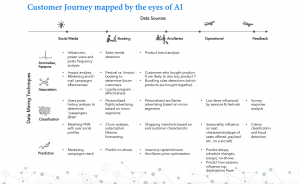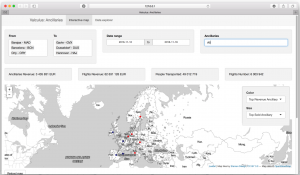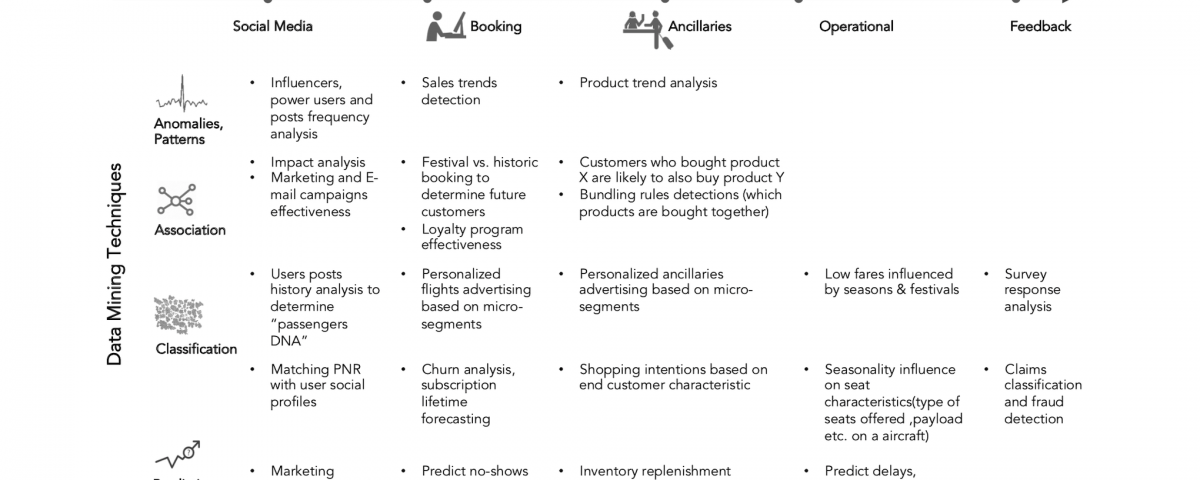ML and AI applications – It’s the use case, stupid!

Machine Learning and Artificial Intelligence – What they can do, and what they can’t
27. March 2019ML and AI applications – It’s the use case, stupid!
The current cohort of managers – both of large international corporations and small / mid-sized companies – have been socialized in an era where business processes have been supported by organizational structures and IT systems. While processes and organizations can be adjusted rather quickly, changing IT systems is usually painful, time-consuming, and costly. Thus, managers in demand of IT tools have learned to mitigate implementation risks by looking for – if available – proven end-to-end solutions from large suppliers with an impressive track record and sufficient maintenance resources. Furthermore, IT implementation management skills have become a success-critical, well sought-after capability.
For the sake of risk mitigation, most clients even accept the downsides of a standardized end-to-end solution: lacking exclusivity, and no perfect match with their specific business environment. In fact, companies are often ready to adjust their processes and structures to a proven IT solution – while the ideal case would be the opposite scenario!
Unfortunately, ML and AI technology are just on the run, and far from being mature or standardized. Even large IT providers struggle with the huge gap between the theoretical benefit of ML technology, and concrete, value-adding use cases, and consequently fail in providing scalable end-to-end solutions. Since scalability and standardization is a key success factor for huge corporations, these players are unable to leverage their natural strengths in a premature environment like the market for ML / AI solutions. Thus, the market is still highly agile, fragmented, and diverse: blue chips compete with mid-sized specialists and innovative start-ups.
This is irritating for many clients, since they miss the stability and certainty of the IT market. On the other hand, this gold-digger type of early market stage offers interesting opportunities as well: in a world where small and agile companies are able to compete with big ones, clients can get hold of more tailored solutions in a shorter timeframe.
Well understood, there is no clear borderline between ML / AI and IT content. ML / AI solutions may occur in different shapes, some of them being lean business models such as Analytics-as-a-service. On the other hand, for many applications, clients do not wish to outsource the business intelligence / analytics part, so they are looking for proprietary solutions they can buy and own. These integrated solutions feature an ML / AI nucleus, but are embedded in an IT shell with all required interfaces and functionalities. It varies widely – and depends on the concrete use case – whether a certain tool is first of all an AI model, with some IT framework around it, or rather a traditional IT system, enriched with some AI features. In the latter case, traditional IT management skills offer more benefit than in the former case.
Consequently, companies wishing to undergo digital transformation suffer from the “moving target dilemma”: it is reasonable to define a digitization strategy, formulate a vison for future technologies, and adjust IT architectures accordingly – but as soon as they test concrete use cases, this may change the requirements for strategy, technology, and IT architecture. There seems to be a certain parallel to the introduction of Apple’s iPad in 2009 – everyone immediately understood that this was a fantastic new way to use computer technology, but nobody could have ever foreseen what types of applications and technological changes would be in place for the iPad ten years later.
If there is a learning so far, it is that technology providers and clients need to work step by step, use case by use case. Every successful use case in every industry will increase the understanding for the benefits and risks of a certain ML / AI application, making the next use case more likely to succeed.

Matrix of airline Customer Journey vs. Use Cases for possible AI/ML applications

Sample Ancillaries Analytics Tool – a base for AI/ML Use Case that can detect patterns to help airlines understand why one route brings more money from ancillaries and how other routes could benefit from this finding

